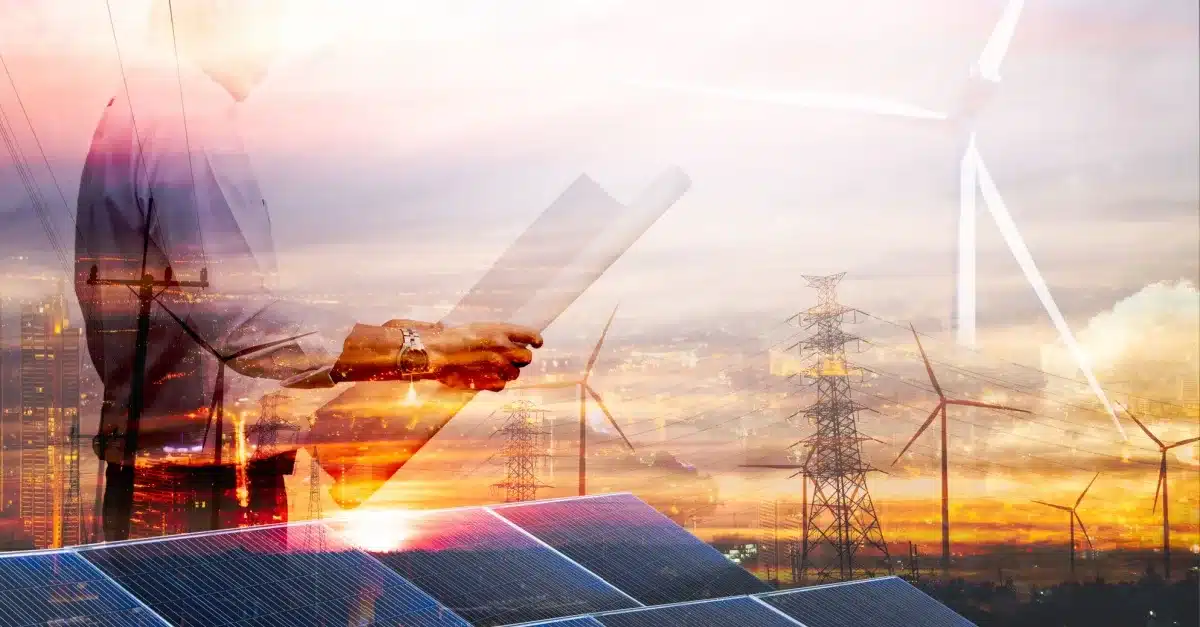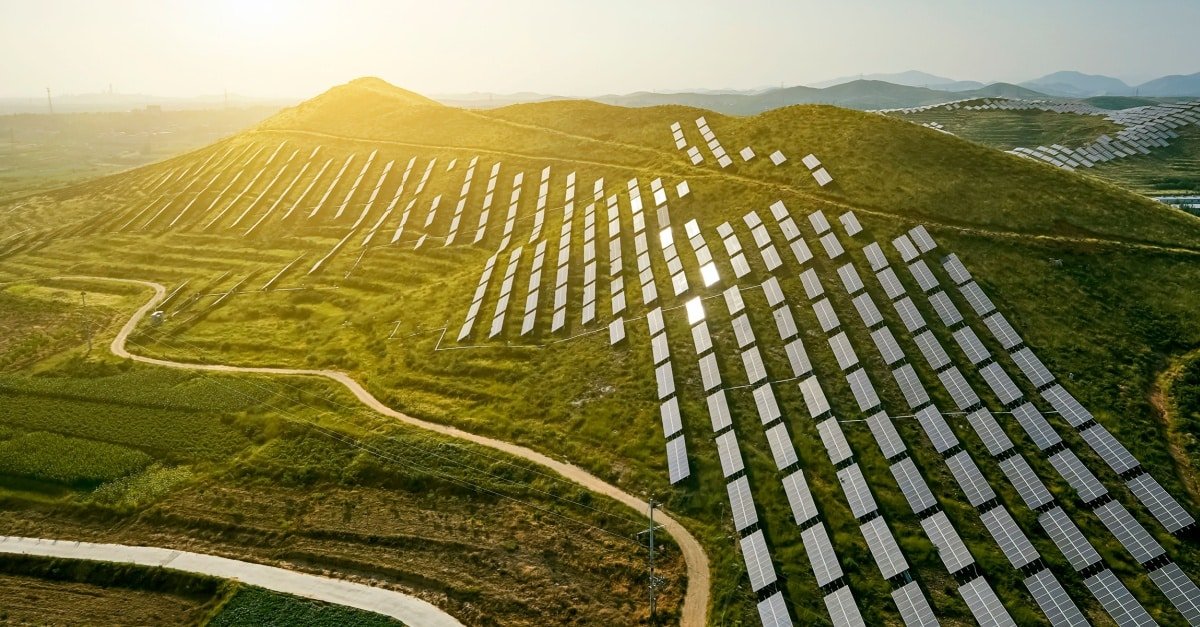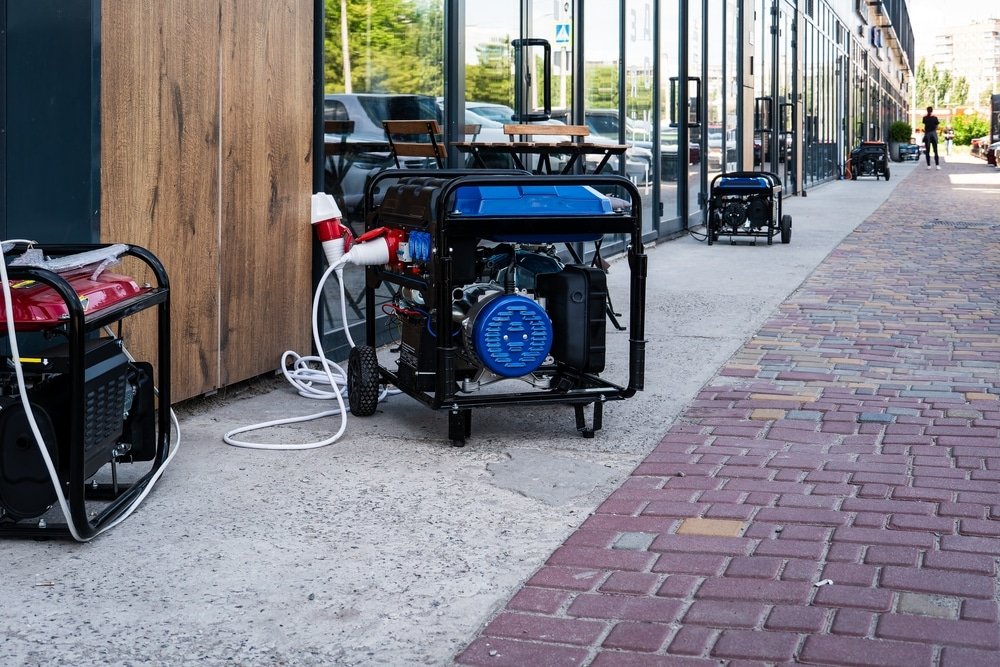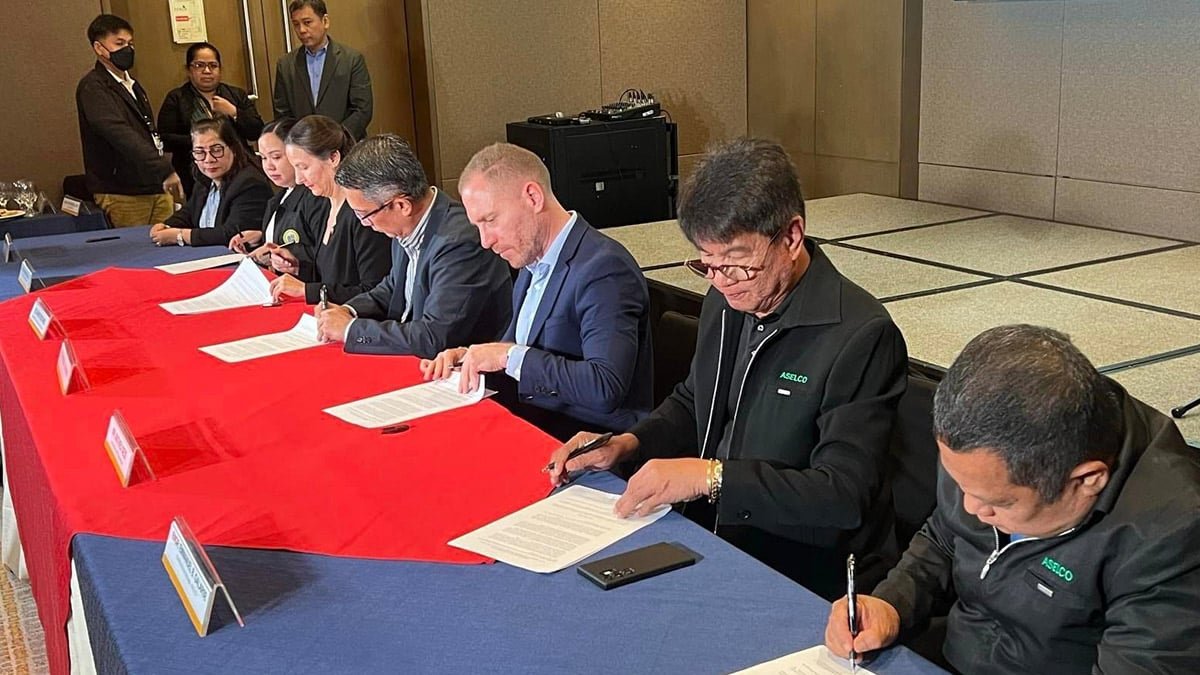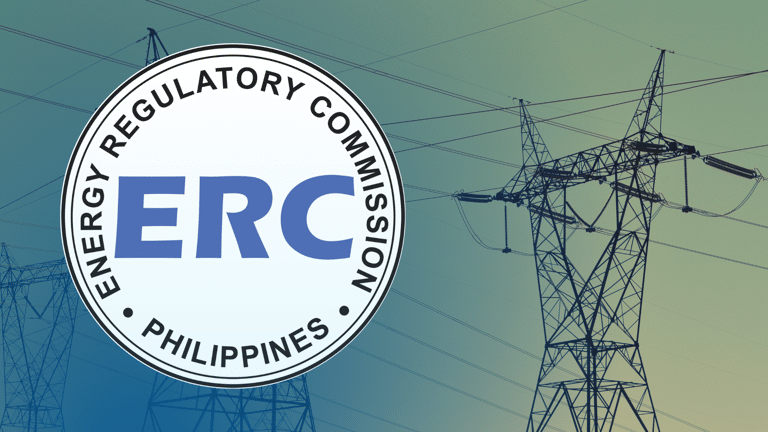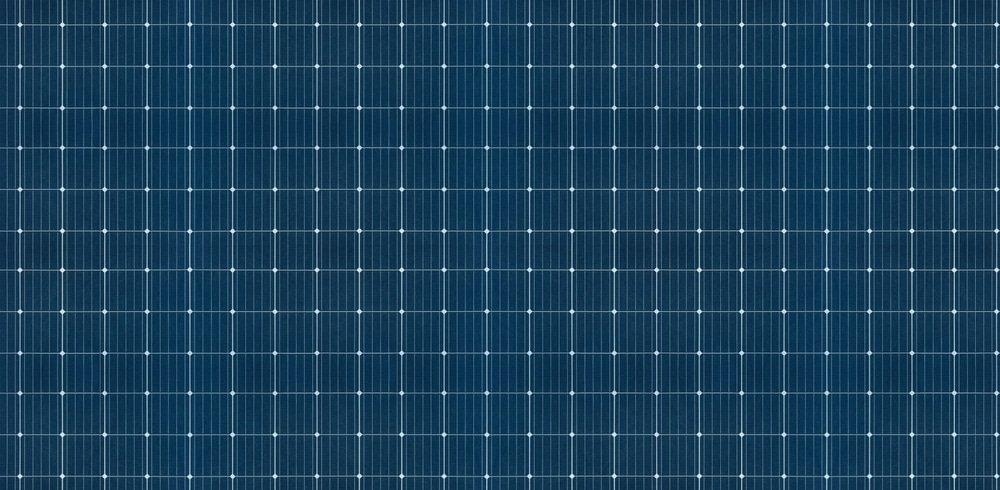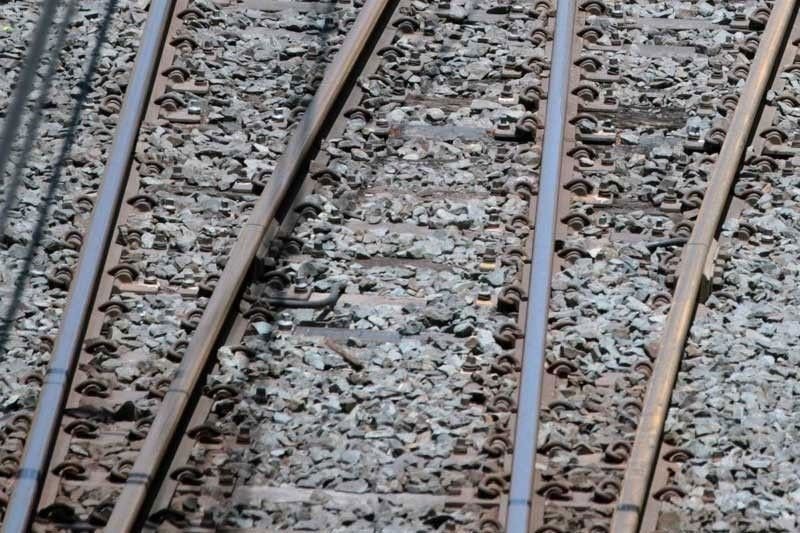
Key Takeaways:
- Mindanao aims to achieve a balanced power mix of 50% renewable and 50% non-renewable energy by 2030, as announced by MinDA Secretary Leo Tereso Magno.
- The initiative is part of the Mindanao Energy Plan (MEP) 2018-2040, which focuses on providing reliable, reasonably priced, and sustainable power.
- Emphasizing the importance of renewable sources like solar, wind, and hydropower, the strategy aims to enhance environmental protection and ensure sustainability, particularly for water and food security.
- The government has developed a comprehensive framework that integrates climate change mitigation, community empowerment, and sustainable management of resources.
The power sector in Mindanao is set to increase the integration of renewable energy (RE) sources into the island’s power mix. Mindanao Development Authority (MinDA) Secretary Leo Tereso Magno announced that the government aims for a balanced 50-50 ratio of renewable and non-renewable energy in the grid by 2030.
At the Mindanao Development Forum 2024, held at the Acacia Hotel on July 24, Magno emphasized the importance of enhancing RE sources as part of the Mindanao Energy Plan (MEP) 2018-2040, which envisions “reliable, reasonably priced, and sustainable power.”
He highlighted that prioritizing renewable energy is crucial for environmental protection and ensuring a sustainable future. “Mindanao is leading this essential mission by promoting the transition to renewable sources such as solar, wind, and hydropower, which are vital for our sustainability in terms of water and food security,” he stated.
The Philippines aims for 100% electrification and a diversified energy mix by 2040. According to the National Grid Corporation of the Philippines, as of Wednesday morning, Mindanao had an available generating capacity of 3,077 megawatts (MW) against a peak demand of 2,336 MW, resulting in a surplus of 741 MW.
In January 2023, MinDA Assistant Secretary Romeo Montenegro noted that the island’s power mix was heavily weighted towards fossil fuels at a ratio of 70-30. He projected that Mindanao could add about 2,000 MW of renewable energy by 2028, with 400 MW already committed and 1,600 MW in preliminary stages.
Montenegro pointed out that the push for renewable energy aligns with the Philippines’ commitments under the Paris Agreement, which aims to limit global warming and achieve climate neutrality by mid-century.
Signed on April 23, 2016, and ratified by the Senate in March 2017, the agreement led the Department of Energy to impose a moratorium on new coal-fired power plants in 2020.
Renewable energy is a key focus of the Mindanao Agenda 2023-2028. Under the agenda’s second priority, which addresses the “water-energy-food nexus,” MinDA aims to promote sustainable practices across interconnected food, waste, and energy systems, enhancing agricultural efficiency and ensuring fair access to clean water while fostering renewable energy solutions.
“This strategy seeks to advance socio-economic development while protecting the environment,” it stated.
Magno noted that the government has developed a comprehensive framework for economic growth and environmental stewardship, centered on climate change mitigation, community empowerment, nature-based industry solutions, and sustainable management of food, water, and energy resources.
According to a MinDA briefing, the Mindanao Development Forum serves as a vital platform for in-depth discussions and collaboration to drive sustainable growth and holistic progress in Mindanao, addressing critical topics such as peace-building, continuous development, community empowerment, environmental preservation, and strategic partnerships.
Source: Government aiming for 50% renewable energy in Mindanao by 2030

